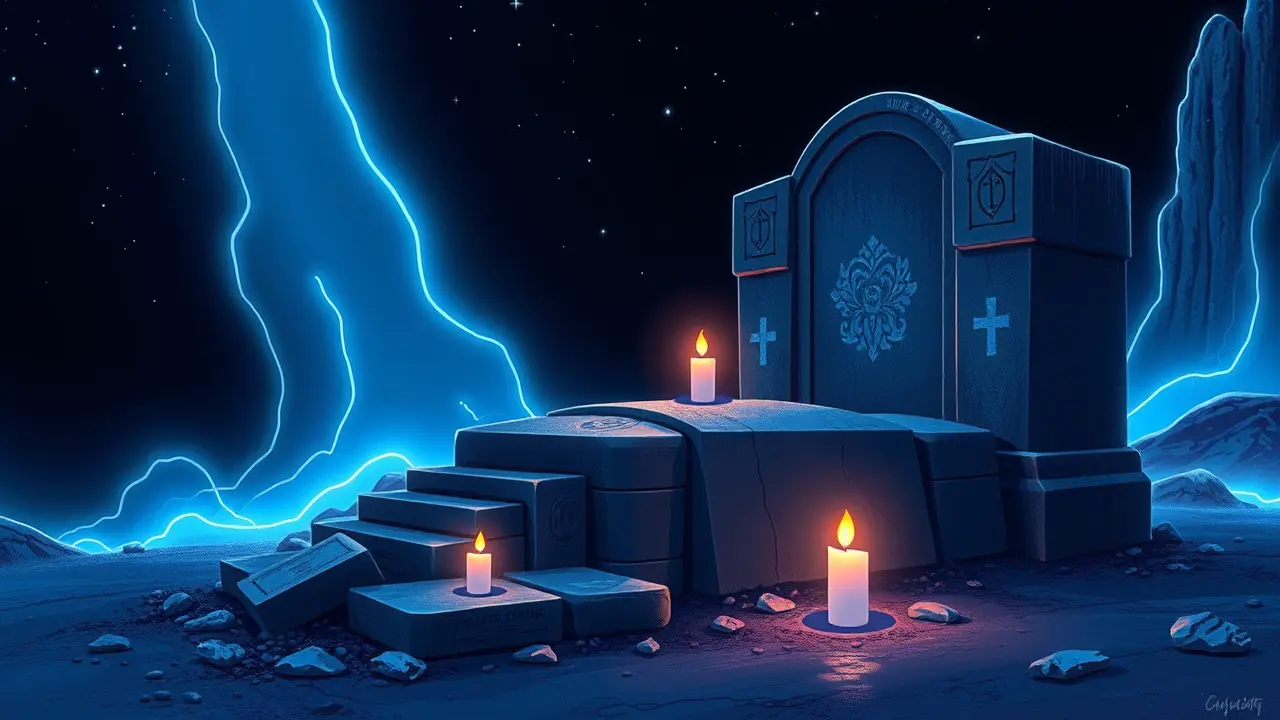
Entertainmenttheatre & artsArt Exhibitions
Art History of Grief and Memorialization Practices.
LA
Laura Bennett
7 hours ago7 min read2 comments
Scholar Roger Luckhurst’s richly illustrated book chronicles the ways we memorialize the dead across the world, tracing burial practices from Ancient Greece to the present day, but it’s in the quiet conversations I’ve had with people about their own losses where this history truly comes alive. I remember speaking with a woman in a small English village who showed me a photograph of a ‘soul portrait’ from the Victorian era, a practice where the deceased were photographed as if sleeping, and she explained how her family still keeps one on the mantel, a tangible thread connecting her to a great-grandmother she never met, a personal ritual that echoes the ancient Greek lekythoi, those white-ground oil vessels left in tombs not as mere decoration but as a bridge for the living to offer sustenance to the departed.This human impulse to make grief visible, to build something—a stele, a cairn, a digital memorial wall—is a story told not just in marble and ink but in the hushed tones of a son describing the roadside shrine he tends for his brother, a collection of weathered flowers and a faded football scarf that functions with the same solemn purpose as the massive, silent stoas of antiquity, a designated space for the community to gather and remember. Luckhurst’s work meticulously maps this geography of mourning, from the catacombs of Rome where early Christians defiantly painted their hope on damp walls, to the soaring Gothic spires that pierced the heavens as much to honor God as to channel a collective anguish after the Black Death, each epoch’s architecture and art serving as a public transcript of a private pain, a societal negotiation with mortality that we are still navigating today in the form of online obituaries and virtual cemeteries. What becomes profoundly clear, when you listen to people’s stories, is that the technology of remembrance changes—we’ve moved from etching epitaphs in stone to posting tribute videos on social media—but the fundamental, aching need to assert that a life mattered, to carve a mark against the relentless tide of time, remains the most human of all our artistic endeavors, a universal language spoken in the quiet arrangement of stones on a grave, the careful lighting of a candle, or the simple act of saying a name aloud, ensuring that the echo of a presence, once felt, is never entirely silenced.
#art history
#grief
#memorialization
#burial practices
#Roger Luckhurst
#book review
#cultural heritage
#editorial picks news
Stay Informed. Act Smarter.
Get weekly highlights, major headlines, and expert insights — then put your knowledge to work in our live prediction markets.
Related News
© 2025 Outpoll Service LTD. All rights reserved.



